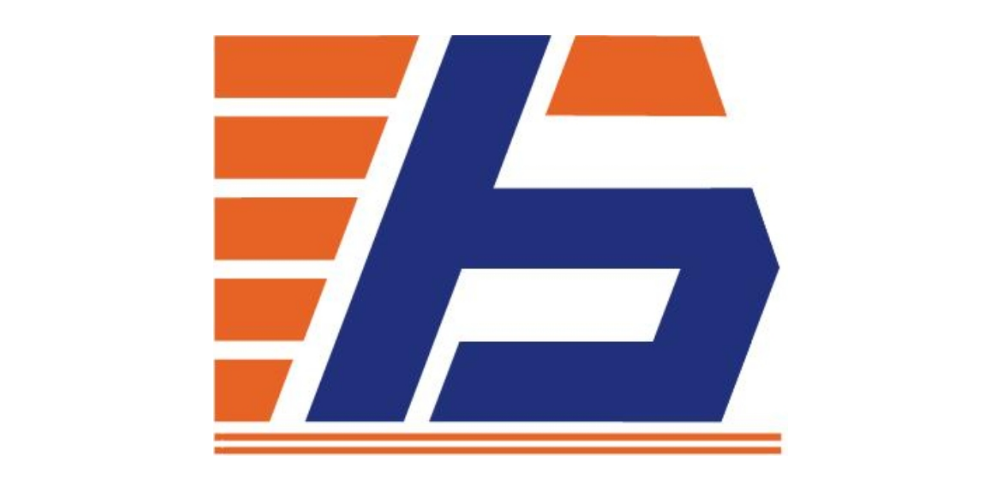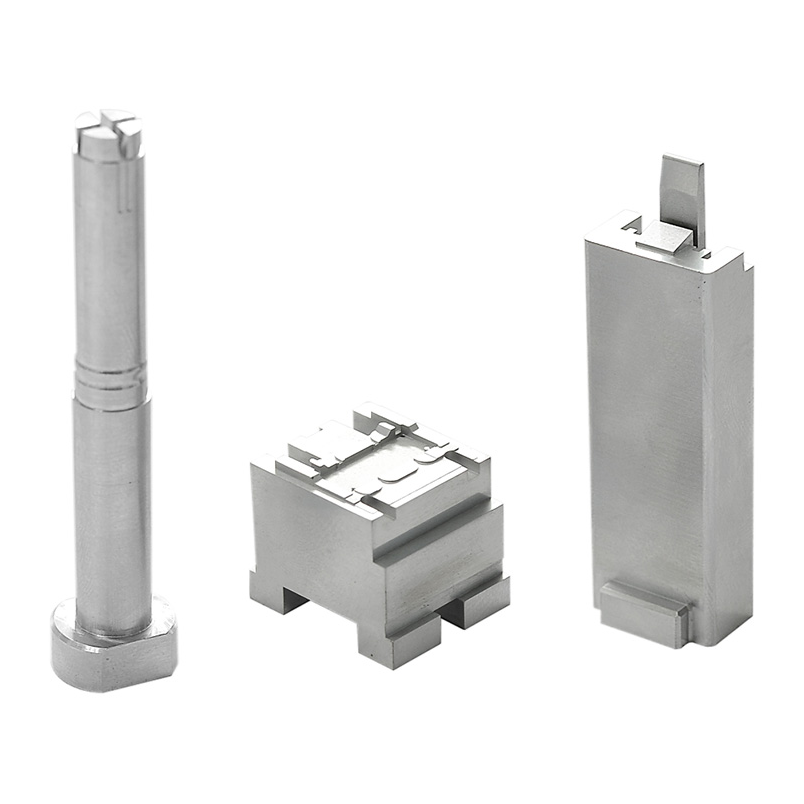
date:2023/08/10
Most of the precision parts of construction machinery need to be cleaned before, during, and after assembly, and some parts are cleaned after trial operation as needed. The purpose of cleaning parts is to remove all kinds of dirt, such as casting sand, iron filings, rust, abrasives, oil, dust, etc., remaining on the surface. The cleanliness of parts after cleaning will directly affect the assembly quality and the service life of construction machinery, so the cleaning of parts is a very important part of the assembly of construction machinery. To do a good job in the cleaning of parts, the correct selection of cleaning agents and cleaning methods should be based on their materials, structural characteristics, pollution conditions and their cleanliness requirements.
Dongguan hardware parts processing
The oil stains of construction machinery parts are mainly formed by non-saponifiable oil, dust and impurities. Non-saponifiable oils cannot work with strong alkalis, such as various mineral oils and lubricating oils, which are insoluble in water, but soluble in organic solvents. There are chemical and electrochemical methods to remove such oil stains; common cleaning fluids are organic solvents, alkaline solutions and chemical cleaning fluids, etc.; cleaning methods include manual cleaning and mechanical cleaning.

1. Three cleaning fluids
(1) Organic solvents. Common ones are kerosene, light diesel, gasoline, acetone, alcohol and trichloroethylene. Using this dissolving method to remove oil can dissolve all kinds of grease. The advantages are that it does not need to be heated, is easy to use, does not damage the metal, and has a good cleaning effect. The disadvantage is that most of them are flammable, high cost, suitable for precision parts and parts that are not suitable for cleaning with hot alkaline solutions, such as plastic, nylon, cowhide, felt parts, etc. But it should be noted that rubber parts cannot be cleaned with organic solvents.
Precision parts
(2) Alkaline solution. Alkaline solution is an aqueous solution of alkali or alkaline salt. It uses the emulsification effect of emulsifiers on non-saponifiable oil to remove oil. It is the most widely used decontamination cleaning solution.
Emulsification is the uniform distribution of a liquid in another liquid after forming very small fine particles. Adding an emulsifier to the alkali solution to form an emulsion can reduce the surface tension and adhesion of the oil film, so that after the oil film is broken into very small oil droplets, it does not return to the metal surface to remove oil stains. Commonly used emulsifiers are soap, water glass (sodium silicate), bone glue, gum, triethanolamine, synthetic detergent and so on. It should be noted that different cleaning fluids should be used to clean parts of different materials. Alkaline solutions have varying degrees of corrosive effects on metals, especially for aluminum.
When cleaning with alkaline solution, it is generally necessary to heat the solution to 80~90 ℃. After degreasing, rinse with hot water to remove residual lye on the surface to prevent parts from being corroded.
(3) Chemical cleaning fluid. It is a chemically synthesized aqueous solution of water-based metal cleaning agent. The metal cleaning agent is mainly surfactant, which has strong decontamination ability. In addition, there are some auxiliary agents in the cleaning agent, which can improve or increase the comprehensive performance of the metal cleaning agent, such as anticorrosion, rust prevention, and carbon deposit removal.
The principle is that the cleaning liquid prepared by the cleaning agent first wets the surface of the part, and then penetrates into the contact interface of the dirt and the part, so that the dirt is removed from the surface of the part, dispersed, or dissolved in the cleaning liquid, or forms an emulsion or suspension on the surface of the part Liquid to achieve the purpose of cleaning parts.
Common cleaning agents equipped with chemical cleaning solutions include LCX-52 water-based metal cleaning agent, CW metal cleaning agent, JSH high-efficiency metal cleaning agent, D-3 metal cleaning agent, DJ-04 metal cleaning agent, NJ-841 cleaning agent , 817-C oil cleaning agent, CJC-8 liquid metal cleaning agent.
The preparation method, concentration, cleaning temperature and heating measures of the above-mentioned cleaning precision parts agent must strictly comply with the requirements of the instructions. The temperature should be strictly controlled during manual cleaning, and it can be cleaned with a brush or cloth. If there is serious oil stains or carbon deposits, use a steel wire brush to scrub. It should be soaked for a certain period of time before cleaning to meet the needs of wetting and soaking. Cleaning can be divided into rough cleaning and fine cleaning. If the oil is not serious, the cleaning fluid after cleaning can skim the floating oil from the upper layer and use it again.
2. Five cleaning methods
(1) Scrub. Put the parts in a container filled with diesel, kerosene or other cleaning fluid, and scrub with cotton yarn or scrub with a brush. This method is easy to operate, simple in equipment, but low in efficiency, and is suitable for a single small batch of small parts. In general, gasoline is not suitable for use because of its fat-soluble properties, which will harm people's health and easily cause fires.
(2) Boil and wash. Put the prepared solution and the parts to be cleaned into a cleaning bath of appropriate size welded with steel plates, heat it to 80~90 ℃ with an under-pool stove, and cook for 3~5 min.
(3) Spray washing. Spray a cleaning fluid with a certain pressure and temperature on the surface of the parts to remove oil stains. This method has good cleaning effect and high production efficiency, but the equipment is complicated, and it is suitable for cleaning parts with less complicated shapes and serious grease stains on the surface.
(4) Vibration cleaning. The precision parts to be cleaned are placed on the cleaning basket or cleaning rack of the vibrating cleaning machine and immersed in the cleaning liquid. The vibration generated by the cleaning machine simulates the manual rinsing action and the chemical action of the cleaning liquid to remove oil stains.
(5) Ultrasonic cleaning. Rely on the chemical action of the cleaning liquid and the ultrasonic oscillation introduced into the cleaning liquid to remove oil stains.
Note: The cleaning method should be reasonably selected according to the cause and characteristics of the oil stain to ensure the normal use of the parts, avoid corrosion or damage to the parts by cleaning, and prevent environmental pollution and subsequent contamination of the parts.